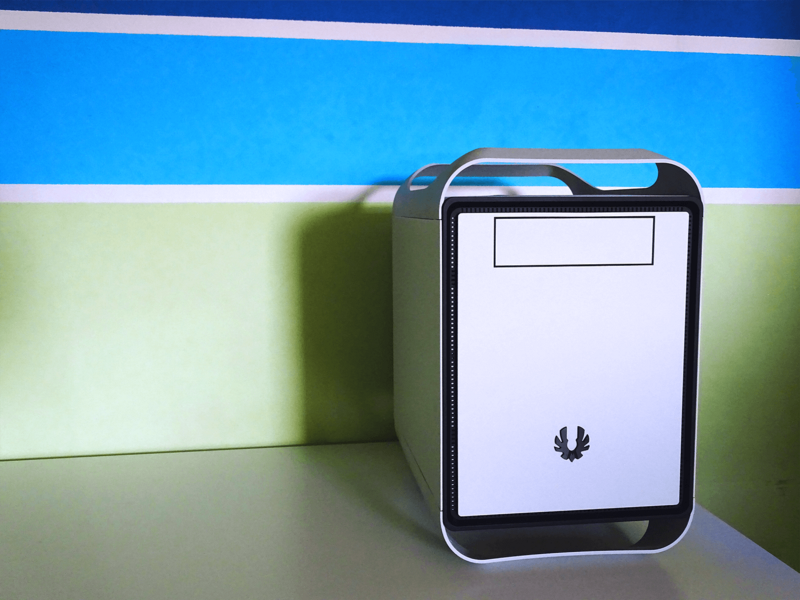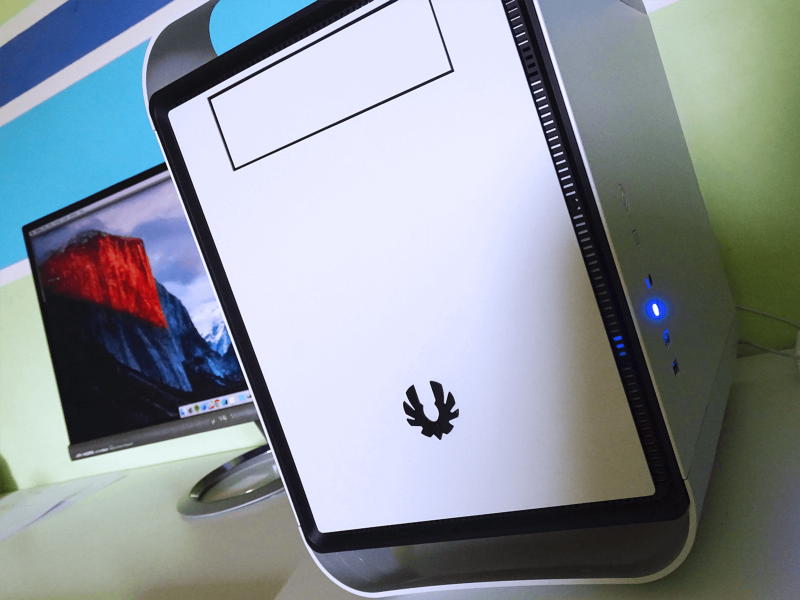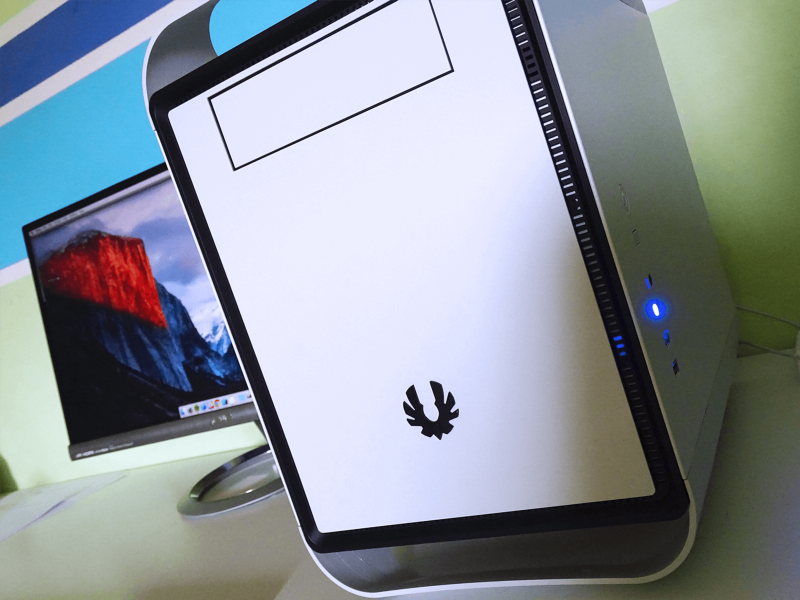by Sebastian Dobrincu
Hackintosh Build Guide – Why your Next Mac Should be a Hackintosh

I just finished a 48-hour Hackintosh building marathon. It was a fun experience and I learned a lot of new things.
In this post I’ll try to convince you to choose a Hackintosh as your next main computer.
Why a Hackintosh
Performance
At the moment the current Mac line up is pretty obsolete in terms of the performance. Sure, new products are just around the corner, but you be one step ahead by building your machine with the components you want (or need).
Flexibility
Try to swap the RAM on your iMac / MacBook. Not a very fun task, right?
What if you want a new, more powerful GPU? It’s not happening.
Replacing faulty components? Call Apple.
Overclocking your CPU? Just forget about it.
With a custom build Hackintosh, you can always swap out older components for newer ones, and easily change them if they stop working for some reason.
Price–performance ratio
Needless to say that it would a very bad investment to throw a couple of thousands of dollars on a 3-year-old Mac Pro when you can get twice the performance with a custom-built computer.
My Build ?
When I started choosing my components, I had four things in mind: I wanted a fully macOS compatible motherboard, powerful overclockable CPU, plenty of RAM, and a decent GPU.
I mainly do mobile/web development, and occasionally some Photoshop/Sketch/Light video editing. So these are the components I found to be the best for those tasks:
- Motherboard: Gigabyte Z170MX-Gaming 5
- Processor: Intel Core i7–6700K (Overclocked at 4.5Ghz)
- Memory: G.SKILL Ripjaws V Series 32GB DDR4, 3200Mhz
- GPU: Gigabyte GeForce GTX 960, 4GB
- PSU: Corsair CS650M
- CPU Cooler: Corsair H100i v2
- SSD: Samsung 850 Evo, 500GB
- Wi-Fi: TP-Link PCI-E card
- Case: BitFenix Prodigy M, Arctic White
Total Price: ≈$1350

What To Expect
Switching from a 2014 Retina MacBook Pro, the difference in performance is fairly noticeable. Compiling an app is now 3x faster, export times dropped significantly, and now I can finally use my Mac with more than 10 tabs opened in Chrome.
Here are the Cinebench results for you geeks:

And the mandatory (wannabe) sexy-shots of the finalized build:


Warning! ⚡️
If you’ve been thinking about building a Hackintosh, you must’ve probably heard by now, that this is not for everyone.
MacOS was built to support only official Apple hardware, so some technical hacking will be required in order to make it run on custom-built machines.
As we all know, hacks aren’t always nice and clean, so don’t expect the OS installation part to be a breeze by any means.
I am fairly experienced with software development and I’ve built computers before. I still had to spent half of the time tweaking boot flags, SSDTs, and using different techniques to get the system to even boot into the installation menu.
Trust me, I had moments when I gave up, thinking that the components must’ve been faulty. I kept trying though. I searched through every single article/blog post/video/comment/guide, until I was able to put the pieces together and get it to work. So, if you’re going to take one thing from this post is don’t lose hope, as cliché as that sounds.
How To Get Started
In case I’ve convinced you to build your own Mac, the very first thing you would want to do is visit tonymacx86.com. This should be your new homepage until you got everything up and running properly.
My recommendation is to go through their monthly Buyer’s Guide, which will help you choose the best up to date components for your rig.
Once you’ve got your components sorted out and assembled nicely in your case, you’ll want to jump into their great macOS installation guide, which will take you through this entire tricky process.
The community is super-nice and always willing to help, so don’t hesitate to ask for ask questions there.
Good luck on your Hackintosh journey
Sebastian Dobrincu is an Entrepreneur, Software Engineer and Writer, currently CEO of Storyheap. Follow him on Twitter to get more exciting updates about him.
